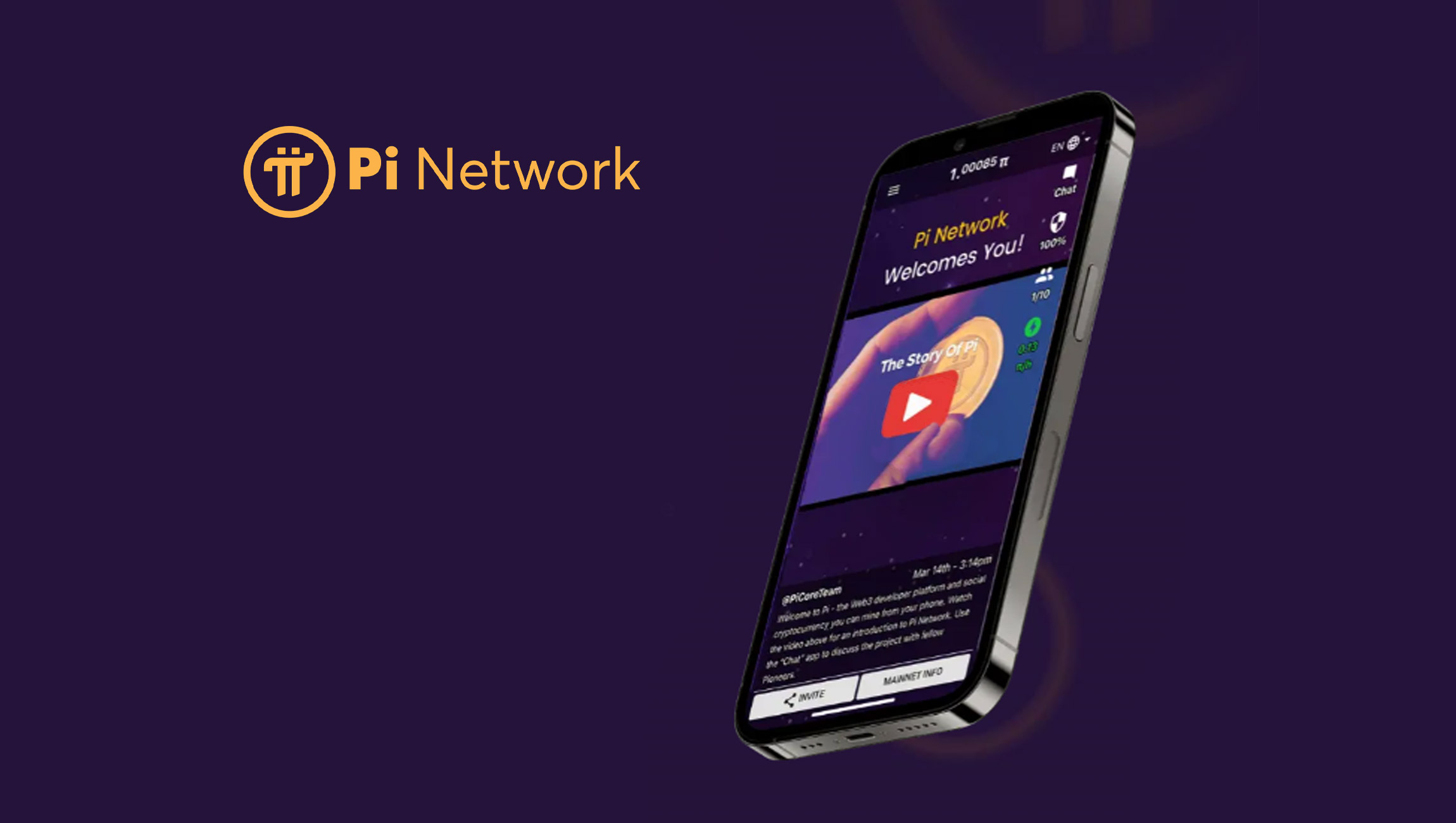Public relations and marketing professionals have long recognized the potency of infusing a personal touch into media outreach emails. Whether it’s acknowledging a recent promotion or referencing an upcoming conference the recipient is set to attend, these seemingly small gestures can transform an otherwise generic message into a meaningful and engaging interaction.
However, there are now various AI tools that can streamline the process of creating personalized outreach emails. These tools essentially allow users to input any publicly available data on a prospect to create personalized email introductions. Yet the old adage “just because you can do something doesn’t mean you should” is worth keeping in mind when using these tools. You need to be cautious, as the eagerness to leverage AI may lead you to include highly personal information – like social media data – which puts you at risk of seeming inappropriate and alienating recipients.
I’ve spent the better part of the last ten years working with personalized messaging tools – long before AI technology was good enough to be used at scale – so I’ve had a lot of time to think about the pitfalls and best practices when using these methods. As I see it, they can be incredibly valuable, but only when a user has a firm understanding of their capabilities and limitations.
Why personalize?
All the data suggests that personalized emails generate far more engagement than generic emails. We’ve seen this in almost every study, whether it’s examining that personalized subject lines lead to a 26 percent increase in email open rates or that personalized sales emails result in transaction rates six times higher than non-personalized emails. In short, there’s no doubt that some level of personalization is a good thing when reaching out to folks.
And it shouldn’t be too surprising why that is. Empathy is a hallmark of good writing in direct response emails, whether it’s sales outreach or a pitch to a journalist. In this context, empathy means demonstrating that you understand the person whom you’re reaching out to, what they care about, what they know about, and what their needs are. Your goal is to show that you understand the person and can offer them real value in achieving their goals. Then, you can encourage them to take the action that you want for a mutually beneficial result.
Marketing Technology News: MarTech Interview with Caroline Huber, Executive Vice President of Product at GIPHY
Tools of the trade
When today’s PR and marketing professionals are looking to personalize their outreach emails, they have a wealth of AI tools and platforms to choose from. Two great examples are Apollo and Instantly, both of which we’ve extensively incorporated into our daily operations at my agency. These lead source and outreach tools allow us to customize pitches with information about a prospect, such as their location or company, and even use that information to draft a short personalized email introduction.
For example, if the prospect is based in Philadelphia, the text output might include a friendly inquiry like, “Hey, how’s the weather in Philadelphia these days? I hope you and your team are doing well.” Or, it might mention something about the prospect’s company, like “Hey guys, love what you’re doing with AI in the PR field; this is exactly where the industry needs to be heading.” The point is that this AI personalization uses basic relevant information about a prospect to craft a tailored and personalized message.
For now, most AI personalization tools are limited to providing introduction lines and other simple things like that. They’re not yet at a point where they can effectively compose a fully customized email to a person based on who they are, what they do, and so on. Eventually, the technology may reach that stage, but I personally don’t see that happening anytime soon. But what we have now are still great tools that can save a lot of time in outreach campaigns.
Best practices
If there’s one core bit of advice that I would give to anyone using AI to personalize their outreach emails, that would be to make it personalized but also keep it professional. This is where you can get into some risky territory when using AI. These tools allow you to input any information you wish about a prospect and you might be tempted to get a little trigger-happy with that.
For instance, I would strongly advise against using a prospect’s most recent social media posts as input. That could easily come off as invasive, overly friendly, or downright creepy. Instead, keep it to general stuff about their professional lives. Another thing to be wary of is that these AI models are far from perfect. Even with all the right inputs, they can still spit out some weird or robotic-sounding results.
For example, one project my company has been working on is a model to draft personalized follow-up emails. During testing, we noticed that if the recipient hadn’t received any communication from us in a while, the output would be something like, “Hey Steve, we noticed we haven’t sent you an email in 95 days and thought we’d follow up.” Clearly, the AI gets way too specific/literal – that would be a rather odd, artificial-sounding email to receive. This highlights the need to constantly train these models and maintain human oversight to review anything before sending it out.
Another thing I would strongly discourage is using AI to talk about your company. Any media professional who’s worth their salt should already have a tightly crafted way to talk about what their company does, their sales pitch, and their call to action. Don’t muddy the waters by having AI write these things because, right now, AI when left to its own devices can be a bit verbose and ham-fisted, especially when it comes to promotional writing.
Lastly, I would reiterate the importance of always keeping a human in the loop. Anything you send out should reflect a tone and style consistent with your own. The recipient doesn’t care if you wrote it, your assistant wrote it, or if AI wrote it. They’re holding you to the standard of what you’re sending out and there’s always the risk of AI writing something that is not up to your standard. If that happens, you are accountable. So make sure there is always a human to review and, if necessary, revise.
Marketing Technology News: Marketing Technology Highlights of The Week: Featuring Similarweb, NICE, Adobe and more!
Final thoughts
The use of AI tools in personalized email outreach has become a crucial asset for today’s PR and marketing professionals. And while these tools can provide a streamlined approach to crafting personalized messages, they are still only tools. You need to take care not to overstep any boundaries and maintain a delicate balance between personalization and professionalism.
Even as this technology continues to evolve, human oversight will likely remain a constant factor, underscoring the ongoing importance of a discerning human touch in the realm of personalized communication.











